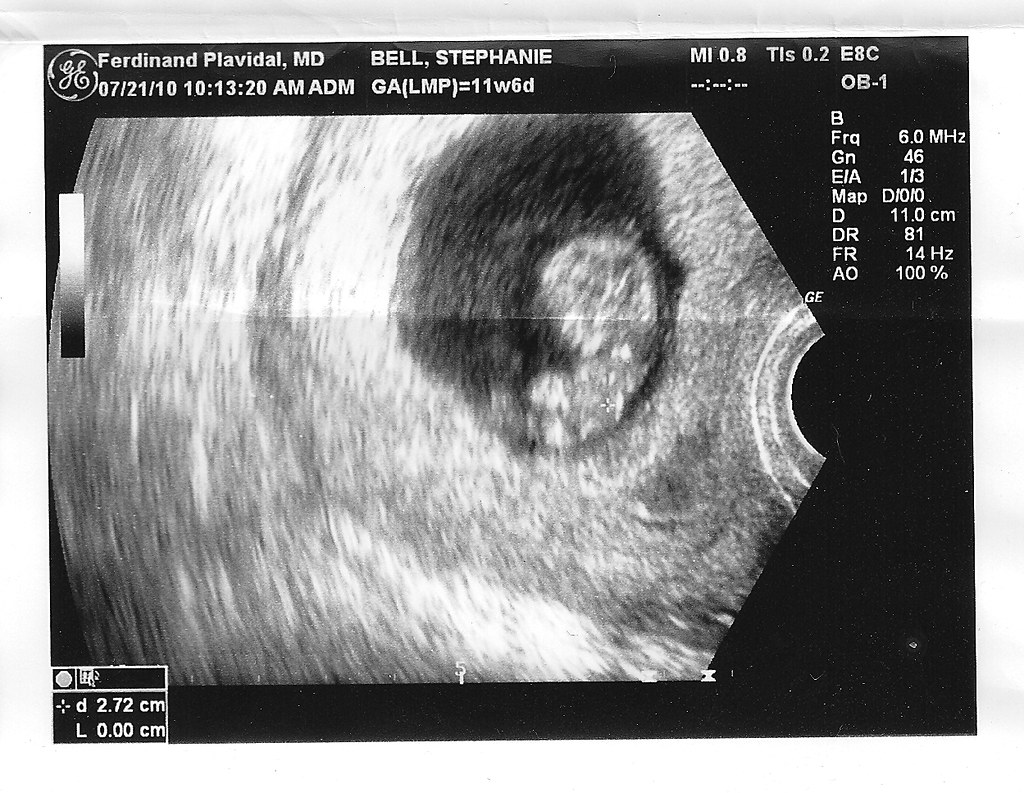What is ultrasound?
In the nineteenth century, the German scientist, Kran, discovered through experiment that 20 thousand hec were the upper limit of the sound waves that the human ear could hear. Later, people called the sound wave beyond 20 thousand hec; the human ear can not hear is ultrasonic (or simply ultrasonic).
Ultrasound has two very important properties: one is its orientation. Because the frequency of ultrasound is very high, the wavelength is very short, so it can travel in a straight line like light, unlike the relatively long wavelength sound waves that can travel around an object. When obstacles are encountered, the ultrasonic waves will reflect. Through reception and analysis of reflected waves, it is possible to measure the direction and distance of obstacles. In the natural world, the bat is the animal that uses its mouth to emit ultrasound waves, using its ears to receive reflected waves from identifying obstacles. Therefore, it can freely fly in a dark cave, and it can also accurately capture small, winged insects!
The second characteristic of ultrasound is that it can travel over long distances in water. In the air, ultrasonic waves of 30 thousand hec transmitted 24 m, the intensity reduced by more than half; At home, it transmits 44 km of new strength, halving it by 2000 times the distance traveled by air. Because light and other electromagnetic waves are difficult to travel through the water and travel very far away, ultrasound has become the number one tool for exploring underwater objects.
 During World War I, German submarines relied on the vast sea as a shield to attack British and French patrol vessels. At that time, the French scientist Langevin, burning like fire, underwent hard work. He invented the machine called sona. It is made up of an ultrasound generator and an ultrasonic receiver. The active transmitter emits ultrasonic waves, the receiver, and the echoes by calculating the time interval between transmitting and receiving signals to detect target types. Sophisticated, active sona can identify the target’s location, shape and analyze enemy submarines’ features.
During World War I, German submarines relied on the vast sea as a shield to attack British and French patrol vessels. At that time, the French scientist Langevin, burning like fire, underwent hard work. He invented the machine called sona. It is made up of an ultrasound generator and an ultrasonic receiver. The active transmitter emits ultrasonic waves, the receiver, and the echoes by calculating the time interval between transmitting and receiving signals to detect target types. Sophisticated, active sona can identify the target’s location, shape and analyze enemy submarines’ features.
During the peace period, sona technique was also used to explore fish stocks, detect reefs, navigate the entrance to seaports, etc. Using modern side-scanning sona to survey the seabed condition, it can clearly draw the seabed geomorphology onto drawing paper, giving an accurate “ultrasonic geomorphic map” with an error of no more than 20 cm.
With the same principle, the introduction of ultrasonic waves into the human body, the reflected waves generated through electronic devices’ processing on the screen will show a clear image, fully reflecting the details of the size ruler, position, reciprocal relationship, and physiological status of body organs. In the hospital, it is often used to use B type ultrasound to check the liver, gallbladder, pancreas, and important internal organs such as uterus, pelvis, ovaries, etc. promptly detect pathological changes as stones. , lumps, etc. Relying on ultrasound, doctors can also conduct a fetus check-in a pregnant woman’s abdomen.
Also, the principle of checking and measuring by ultrasonic waves in buildings is the field of ultrasonic flaw detection. Just need to send a beam of ultrasonic waves on the parts; if there are hidden cracks, holes, bubbles, etc., the ultrasonic waves will produce abnormal reflected waves, even if the defect is small. It doesn’t escape its inspection. Ultrasonic waves have become the “eye” of engineers bright.




